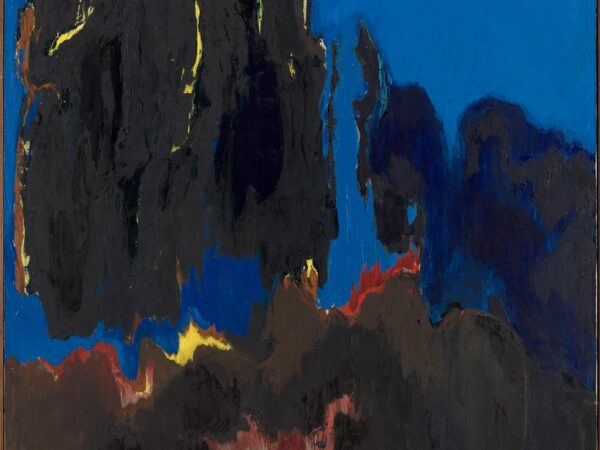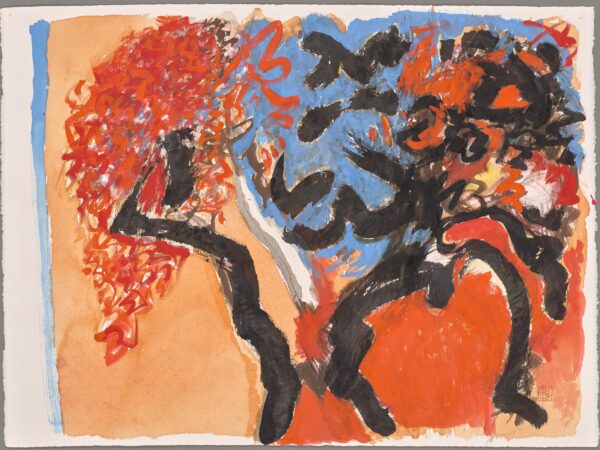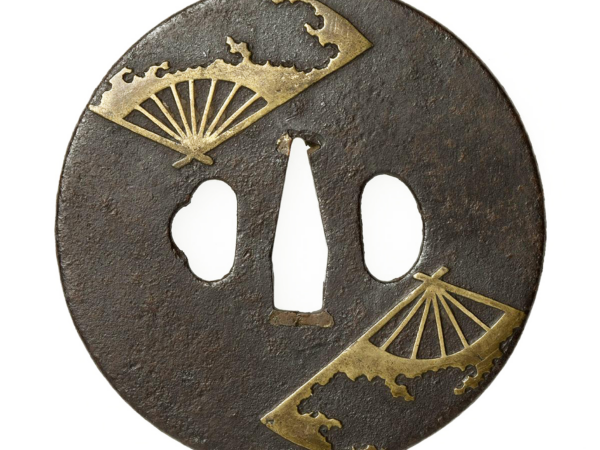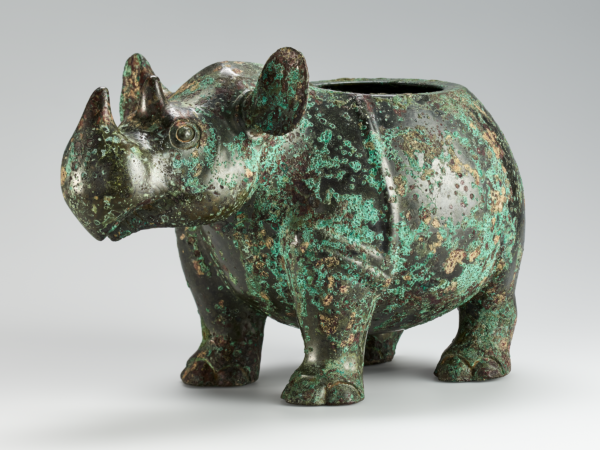Activity
Zhoong Kui (the demon queller) on a donkey, 1941

Zhoong Kui (the demon queller) on a donkey, 1941, Pu Ru (1896-1963). China. Hanging scroll; ink and colors on paper.
Brushwork remains an important component of Chinese painting into the modern period. In this painting, Pu Ru (a member of the Qing royal family) uses an energetic calligraphic style. Perhaps you can recognize here the nail-head rat-tail lines seen also in the painting by Qiu Ying and notice that here it is painted in a swifter, looser fashion. The Chinese have always appreciated the fact that brushwork (in painting or calligraphy) reflects the artist’s personality and scholars often comment on the the painter as well as the artwork in their critiques. In Pu Ru’s inscription we can see the same sure, fluid brushwork as in the painting below. The inscription relates the story of Zhong Kui:
Zhong Kui was a brilliant scholar who passed his official examinations with the highest honors. The emperor, however, refused to recognize his achievement and to give him the official rank he deserved because of Zhong’s extreme ugliness. Angry over this unfair treatment, Zhong committed suicide on the steps of the Imperial Palace. In guilt and shame the emperor gave him a funeral with the highest honors and a place in the imperial tombs. Later, the legend says, the emperor had a nightmare that a demon wearing one shoe was robbing his apartments in the palace. Suddenly Zhong Kui appeared, and vanquished the demon. After this dream the emperor gave Zhong the title of Demon Queller and the reformed one-shoed demon became one of Zhong’s servants.
The painting shows Zhong Kui on his mule, wearing a scholar’s cap and carrying his sword. He is followed by his two helpers. Which one do you think was the demon who had appeared in the emperor’s dream?




